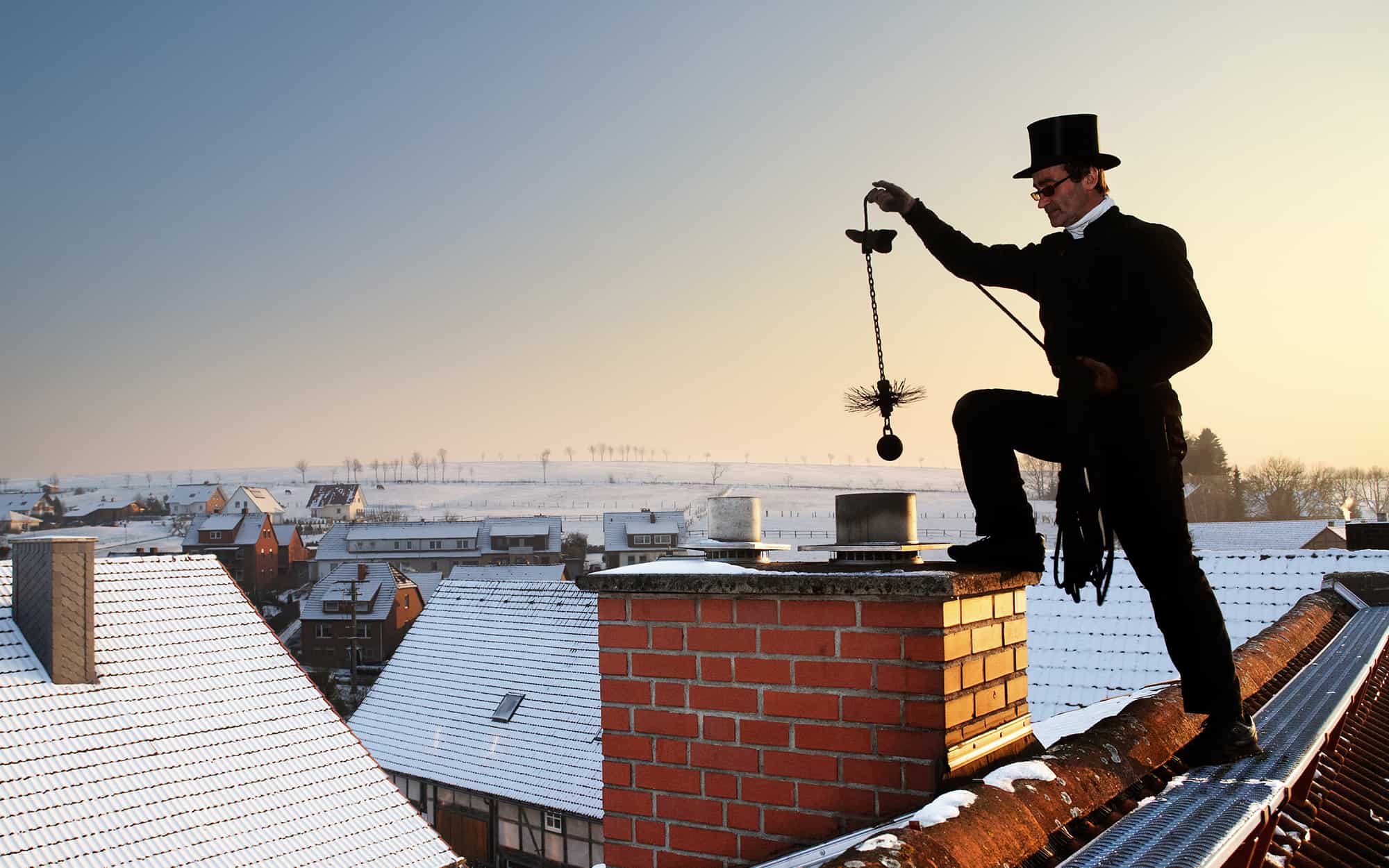The Ultimate Chimney Maintenance San Jose Checklist for Assurance
The Ultimate Chimney Maintenance San Jose Checklist for Assurance
Blog Article
Professional Tips for Effective Smokeshaft Maintenance You Required to Know
Smokeshafts serve as important elements in many homes, giving heat and comfort. Guaranteeing their correct maintenance is frequently neglected up until problems occur. Understanding the details of smokeshaft treatment can be the trick to stop costly fixings and guarding your home and family members. From the relevance of routine assessments to safe operational techniques, an extensive method to smokeshaft upkeep is crucial. Let's explore expert suggestions that can assist you maintain your smokeshaft in optimum problem for several years to come.
Significance of Normal Inspections
Regular assessments of smokeshafts are essential for ensuring their safety and security and performance. Smokeshafts play a vital duty in venting out harmful gases and maintaining appropriate airflow in a home. With time, creosote build-up, debris, and architectural damages can take place within the smokeshaft, posturing serious dangers such as smokeshaft fires or carbon monoxide gas leakages.
Throughout a smokeshaft evaluation, trained professionals examine the problem of the smokeshaft, looking for any indicators of damages, obstructions, or deterioration. They likewise inspect the integrity of the flue, chimney lining, and smokeshaft cap to ensure every little thing is in proper working order. By determining and addressing issues beforehand, possible dangers or expensive repairs can be stayed clear of.
Routine examinations not just help in keeping the safety and security of the smokeshaft but additionally contribute to its total effectiveness. A well-kept and clean smokeshaft operates much more properly, ensuring appropriate ventilation and decreasing the threat of interior air pollution. Therefore, organizing annual chimney inspections is an aggressive action that property owners can require to shield their residential or commercial property and liked ones.
Cleansing Methods and Regularity
Preserving the security and efficiency of a smokeshaft includes not just normal inspections but also executing ideal cleaning strategies and figuring out the optimal frequency for cleansing. Smokeshafts must be cleaned up by a specialist chimney sweep a minimum of as soon as a year, also if they are not often made use of. Nonetheless, if the chimney is used routinely, specifically with wood-burning ranges or fireplaces, it might require even more constant cleanings to protect against the buildup of creosote, an extremely flammable material that can result in smokeshaft fires.
Home owners must never disregard chimney cleansing, as it is necessary for preserving a risk-free and practical smokeshaft system. Normal cleanings not only lower the threat of chimney fires yet likewise enhance the chimney's total performance and durability.
Addressing Chimney Leaks

When dealing with smokeshaft leakages, thorough evaluation and punctual fixings are essential to stop water damages and keep the structural integrity of the smokeshaft. Leakages in a chimney can result in severe issues such as mold development, degeneration of the chimney framework, and also possible fire threats. To properly deal with chimney leaks, beginning by inspecting the smokeshaft cap, crown, flashing, and stonework for any indications of damages or wear. Chimney caps should be safely in area to avoid water from going into, while the crown and blinking should be undamaged and effectively sealed. Any kind of splits or voids in the stonework must be repaired promptly to avoid water seepage. In addition, consider waterproofing the chimney to provide an extra layer of security versus moisture. Routine maintenance and examinations can assist resolve and detect smokeshaft leakages early, conserving you from costly repairs and guaranteeing the safety and security and long life of your smokeshaft.
Recognizing Creosote Accumulation
To comprehend the prospective dangers of creosote accumulation in smokeshafts, it is necessary to recognize its development process and influence on smokeshaft efficiency. Creosote is a black or brown tar-like compound that builds up inside smokeshaft systems when timber or fossil gas are melted. As smoke rises with the smokeshaft, it condenses and cools, leading to the development of creosote, which complies with the chimney walls.

Normal chimney assessments and cleansings by a professional smokeshaft move are vital in preventing creosote accumulation and ensuring the safe operation of your smokeshaft system.
Safe Procedure Practices
Carrying out correct safety and security methods is crucial for the secure and efficient operation of smokeshaft systems. Always guarantee that the chimney is properly inspected and cleaned up consistently Clicking Here to eliminate any type of creosote buildup, which can lead to chimney fires.
Additionally, see to it to only burn skilled timber in your fireplace, as wet or green wood can produce more creosote and cause harmful smokeshaft clogs. Last but not least, never ever leave a fire neglected and always make certain the fire is totally extinguished prior to going to bed or leaving your house. By following these secure operation methods, you can take pleasure in a comfy and warm fire while ensuring the security of your home and enjoyed ones.
Final Thought
In final thought, maintaining your smokeshaft is vital for guaranteeing its security and performance. Regular inspections, correct cleaning methods, addressing leaks, managing creosote accumulation, and adhering to safe procedure methods are crucial facets of chimney maintenance.
Over time, creosote accumulation, debris, and architectural damages can occur within the chimney, positioning severe risks such as smokeshaft their explanation fires or carbon monoxide leakages.
If the chimney is made use of routinely, particularly with wood-burning stoves or fire places, it might need more frequent cleansings to stop the buildup of creosote, an extremely flammable material that can lead to smokeshaft fires. (Chimney Maintenance San Jose)
To comprehend the prospective threats of creosote accumulation in smokeshafts, it is crucial to identify its development procedure and impact on smokeshaft efficiency. As smoke climbs via the smokeshaft, it condenses and cools down, leading to the development of creosote, which sticks to the investigate this site chimney wall surfaces.
Always make certain that the smokeshaft is expertly evaluated and cleansed routinely to get rid of any kind of creosote accumulation, which can lead to smokeshaft fires.
Report this page